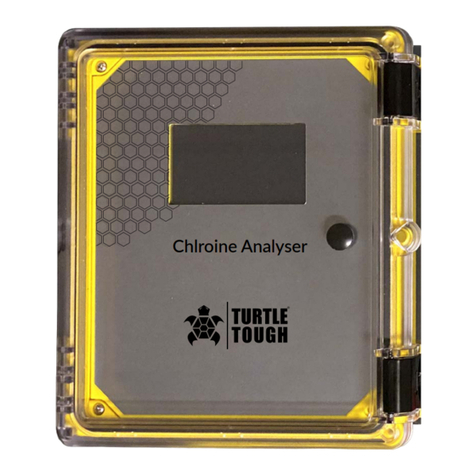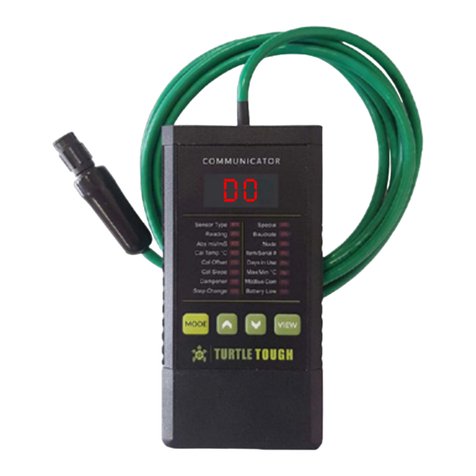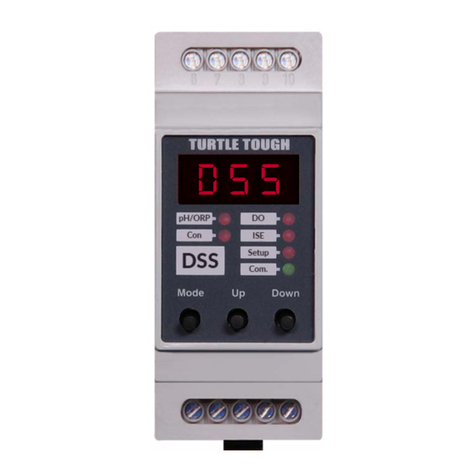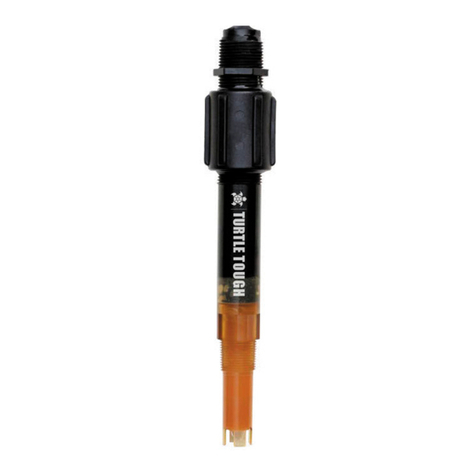
3
Installation
As with all instrumentaon, the installaon and commissioning of this instrument are crucial to its
safe and eecve operaon. This instrument must only be used for its purpose as outlined in this
manual. It must be installed and commissioned by this manual and by trained, qualied personnel.
Site Selecon
Please choose a suitable locaon for the installaon of the electronics. The choice of installaon
point on any site is a compromise and is best undertaken by an experienced installaon engineer.
The following is a list of the factors that need to be taken into consideraon.
• Ensure that the mounng allows access to all serviceable parts.
• Try to mount the electronics in a posion where they are not habitually hosed down in a
cleaning process.
• The electronics enclosure should be mounted away from sources of heat or direct sunlight.
• Consider the length of wiring runs when mounng the instrument.
• Try to keep the electronics away from substaons, motors or other large EMI emiers.
• Consider whether the sample will be representave and well mixed.
• Consider sample line run mes.
• Consider sample return points.
• In a plasc run, with a low conducvity liquid sample, consider earthing the sample.
• If the instrument is controlling a dosing pump, size the pump appropriately.
Note: This list is not intended as a checklist neither is it implied that the list is complete.
Unpacking
• Please have a copy of your order with you when you unpack your instrument.
All orders are checked when they leave the factory.
• Please check that you have all the parts that were ordered as soon as you open the box.
• If anything is missing or damaged, please contact your sales outlet immediately.
• If the instrument needs to be returned for any reason please follow the return instrucons given
in this manual.
• Please dispose of the packing in an environmentally responsible manner and in compliance with
local regulaons.
Danger
Electric
Shock
Hazard
Important
Important































